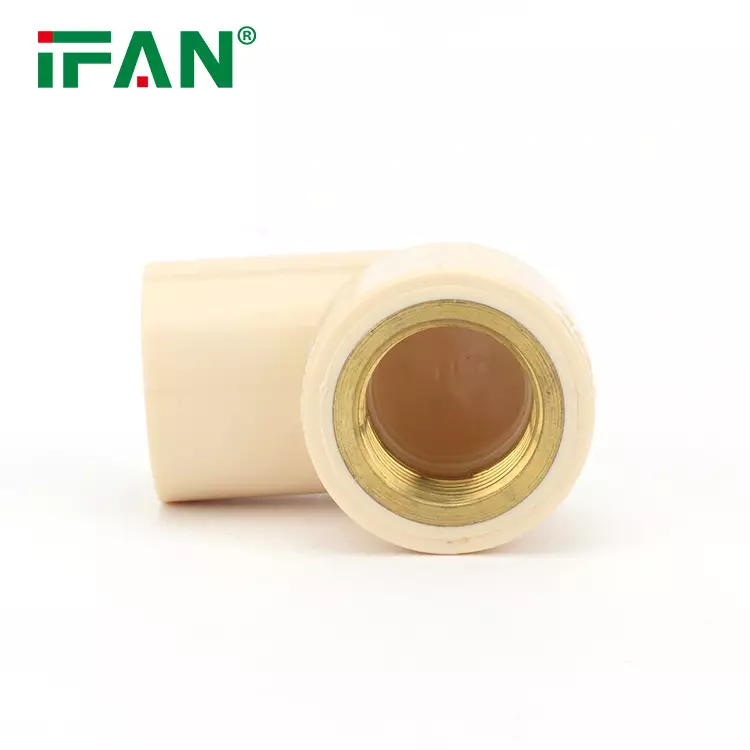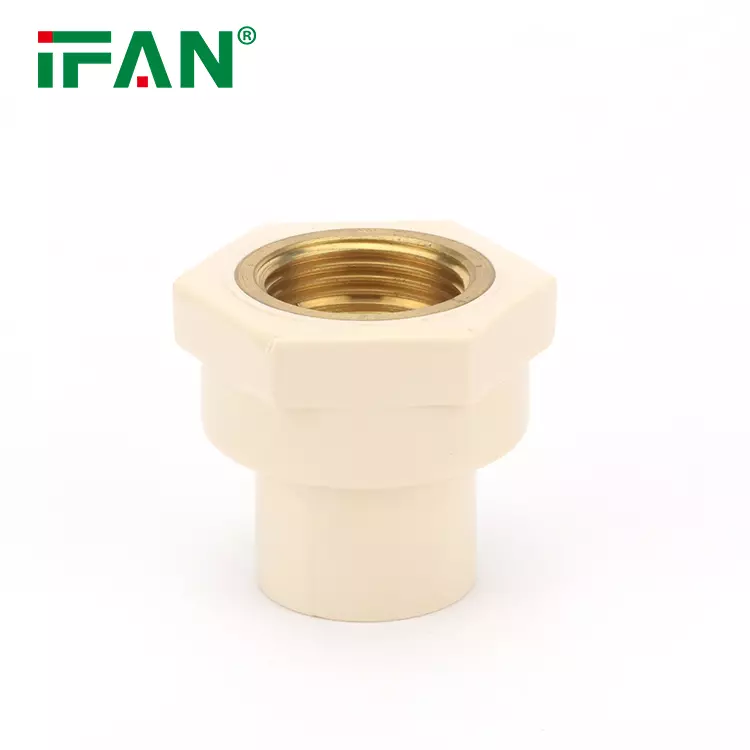Careful consideration of CPVC pipe fitting is crucial for a smooth installation process. The compatibility of fittings with the pipe material and intended application should be verified beforehand. Additionally, selecting fittings from reputable manufacturers ensures quality and reliability.
Preparation: Gathering Essential Tools and Materials

Before commencing the installation, assemble all required tools and materials. These may include CPVC pipes of the appropriate size, fittings such as elbows, tees, and couplings, a pipe cutter, deburring tool, primer, cement, measuring tape, and a marker. Having everything at hand minimizes interruptions during the installation process.
Measurement: Accurate Sizing for Precision Fit
Accurate measurement of CPVC pipes is fundamental to achieving precise fittings. Measure the length of pipes carefully, allowing for the insertion depth into fittings. Remember to account for any adjustments needed due to obstructions or changes in direction. Utilizing a sharp tool and a straight edge ensures clean and accurate cuts.
Cutting: Making Clean Cuts for Seamless Joints
Clean cuts are essential for ensuring seamless joints in CPVC pipe installations. Use a dedicated pipe cutter designed for CPVC to achieve smooth, square cuts. Avoid using improvised tools like saws, as they may produce uneven cuts that compromise the integrity of the joint. After cutting, remove any burrs or rough edges with a deburring tool to ensure proper fitting.
Cleaning: Promoting Strong Adhesion
Proper cleaning of CPVC pipes and fittings is imperative to promote strong adhesion. Use a clean cloth or brush to remove dirt, grease, and any other contaminants from the surfaces to be joined. Thorough cleaning ensures maximum contact between the pipe and fitting, enhancing the bond created by the cement.
Priming: Enhancing Connection Strength
Applying primer to CPVC pipes and fittings is a crucial step in enhancing the strength of connections. Primer softens the surface of the CPVC, allowing the cement to penetrate and create a secure bond. Ensure thorough coverage of the priming solution on both the pipe and fitting surfaces before proceeding with cement application.
Cementing: Achieving Secure and Leak-Proof Connections
Even application of CPVC cement is essential for creating secure and leak-proof connections. Apply a liberal amount of cement to both the pipe and fitting surfaces, ensuring complete coverage of the primed area. Quickly join the components and give them a slight twist to evenly distribute the cement before holding them firmly in place. Excess cement should be wiped away promptly to maintain a neat appearance.
Assembly: Swiftly Joining Pipes and Fittings
Efficient assembly of CPVC pipes and fittings is key to a smooth installation process. Work swiftly to join the components after priming and cementing to ensure proper bonding. Avoid delays between applying the primer, cement, and assembling the joints to prevent premature curing of the adhesive.
Alignment: Ensuring Straight and True Connections
Maintaining proper alignment is essential for achieving straight and true connections in CPVC pipe installations. Carefully position the pipes and fittings according to the planned layout, ensuring that they are aligned correctly before cementing. Use a level or straight edge to verify alignment and make adjustments as necessary to achieve professional-looking results.
Support: Securing Fixtures for Longevity
Providing adequate support for CPVC pipes is essential to prevent stress and ensure longevity. Use appropriate hangers, clamps, or straps to secure the pipes at regular intervals along their length, especially in areas where they are exposed to movement or external forces. Proper support minimizes the risk of sagging, bending, or damage to the pipes over time.
Testing: Confirming Leak-Free Installations
Thorough testing of CPVC pipe fittings is necessary to confirm leak-free installations. After allowing sufficient time for the cement to cure, pressurize the system using air or water and inspect all joints for signs of leakage. Address any leaks promptly by reapplying cement or replacing faulty components to ensure the integrity of the installation.
Conclusion: Mastering CPVC Pipe Fitting
By following these expert tips, mastering CPVC pipe fitting becomes achievable for both professionals and DIY enthusiasts. With careful preparation, precise measurement, proper cleaning, and meticulous assembly, you can create durable and reliable CPVC pipe installations that meet your needs for years to come.
If you have read this article and have any questions, please feel free to contact IFAN. Below is our contact information:
Whatsapp:+86 13373827623
Email:[email protected]


















































